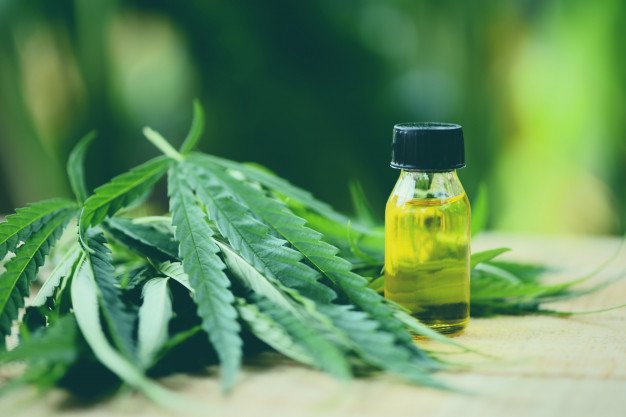It isn’t a weird phenomenon that looking younger is one of the things that make people feel contented. Of course, aging is a natural circumstance but there are certain habits you can cultivate to prevent your body from developing too many signs of aging such as wrinkles, and greyish hair amongst others.
If you’re thinking about some of the habits that will keep your glowing complexion and make you look younger, take your time to read this article to the concluding line.
Exercising the Body Regularly :
Most people already know this and odds are that you’ll have heard somebody saying regular exercises contribute to their youthful appearance. One of the major benefits of regular exercises is weight loss and you know how youthful somebody can seem after getting rid of excess weight. If you can take on the minimum of 30-minute exercise daily, you’re much likely to gain many of the health benefits that will make you look younger.
Brushing Your Teeth :
Besides giving a good impression of your genetic health, having white teeth is one of the things that signify youthfulness. According to Oral B, people with whiter teeth can seem 5 years younger than their real ages.
At least two times each day, brushing the teeth is very important and while doing this, try to wash the mouth properly to make way for the killing of germs.
Regular Intake of Water :
Believe it or not, drinking water regularly can add more radiance to your complexion. Scientific proof of this explains that water makes up 64% of the skin components and as such, your skin becomes thinner when your body is dehydrated or has low moisture. As a result of this, the bruises and creases on the body tend to increase.
However, drinking sufficient water (about 10 cups of water daily) enables the skin to maintain adequate moisture by absorbing water from its internal layers. Then it becomes full and round, preventing dryness and reducing most of the usual characteristics that come with aging.
Eating Foods Rich in Vitamin, Fiber, and Protein :
To maintain a youthful body, eating protein, adequate vegetables (including fiber-rich foods) is well recommended. According to dietitians and nutritionists, foods rich in protein help to build the body and grow smart-looking hair that adds to the youthfulness of the body. On a daily basis, 56 grams of protein is enough for a man while a woman should go a little bit lower with 46 grams. Leafy vegetables like lettuce and broccoli are rich in fiber and daily intake of 3 cups of these will go a long way to stimulate a youthful skin tone.
Staying Happy and Freeing the Body of Prolonged Stress :
Being happy is vital to maintaining your youthfulness and more importantly, you should avoid engaging in prolonged stressful activities. Of course, prolonged stress can activate the body’s defense system and keep it in action thereby worsening the presence of skin conditions like eczema and acne.
Caring for Your Body :
To some people, caring for your body is the first thing required for appearing younger and in any case, your practice of looking younger isn’t complete if you’re not taking care of your body. Looks alone won’t reveal your entire identity and that’s why it’s vital that you protect every part of your body in a way that makes you feel better, comfortable and youthful.
Sleeping Well :
Scientific facts reveal that people who sleep regularly are likely to have more radiant skin, helping them to look younger. To give your body a healthy rest and to maintain youthful looks, it is recommended that you have a good sleep probably devoid of interruption for 8 hours. During sleep, the human body produces hormones that stimulate growth and keep the skin elastic, ensuring that wrinkles don’t appear early.
Conclusion :
These are some cool healthy habits you can have to look younger than your age. In addition to having these habits, you can take beauty supplements to enhance your look. These are natural food that can help you have quick results especially if you are so worried about your current look that is deteriorating every day at your age. Supplement drinks enable you to have enough vitamins that your skin need for the younger looking look.
Read Also :






















